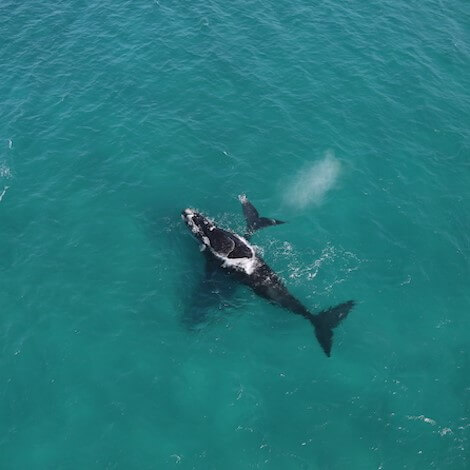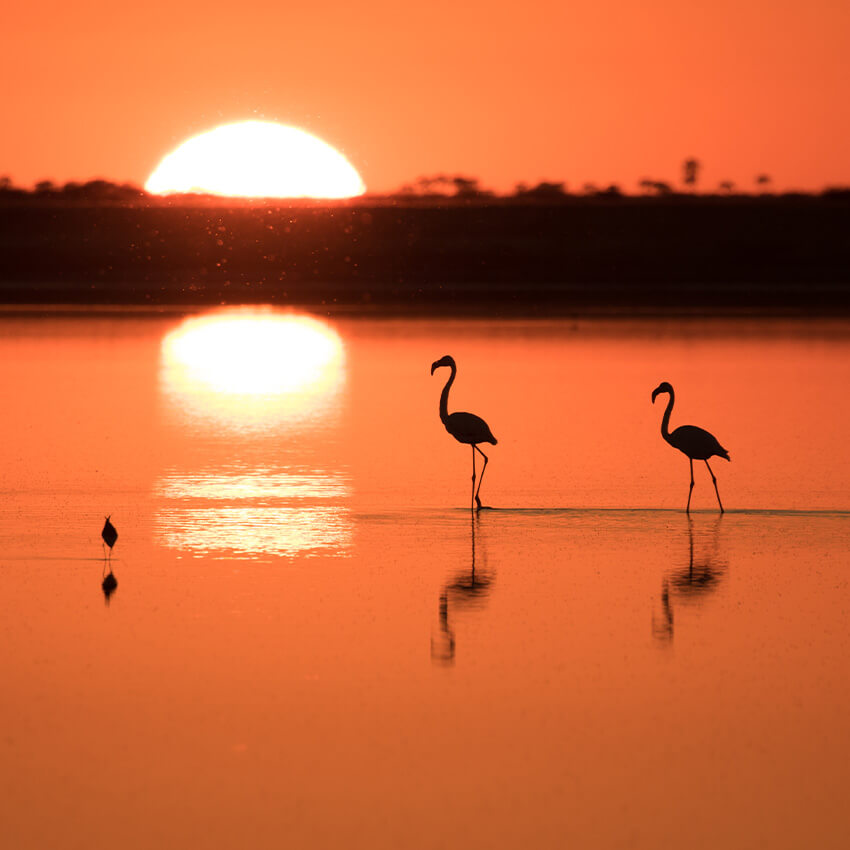Through The Lens Of Lekkerwater
 Murray McCallum
Murray McCallum
 April 14, 2020
April 14, 2020
Through The Lens Of Lekkerwater: using camera traps at Lekkerwater Beach Lodge as a means of protecting the camera-shy leopard.
Covid-19 has had far reaching global impacts. In the countries where Natural Selection operates – these impacts, combined with the self-isolation measures, have created short-term challenges for some of the projects that we support. Despite these challenges we remain as committed as ever to being part of the conservation solution.
One of the projects that is continuing unabated is the Leopard Monitoring With Camera Traps project at Lekkerwater Beach Lodge. Not only is the Cape leopard (Panthera pardus pardus) a self-isolation specialist, being notoriously enigmatic and elusive, but interestingly, an anagram of Corona virus is ‘carnivorous’ – providing a perfect segue into one of the many predator projects we are supporting.
Lekkerwater Beach Lodge is situated in the 34,000 hectare De Hoop Nature Reserve, which is home not only to the world’s smallest and most threatened plant kingdom – the Cape Floral Kingdom; but also the Cape leopard, the smallest of their sub species (approximately half the mass of their bushveld counterparts), and the apex predator of the Western Cape.
Their nocturnal and enigmatic habits mean that they are seldom seen and often the only sign of their presence are the remnants of their tracks, a tantalising ‘if only you’d been here an hour ago!’
Adaptable and stealthy as they are, the leopard has not been able to escape the multiple anthropogenic threats that compromise its future. These big cats require large habitat ranges, but in an increasingly altered environment, they’re under significant threat from habitat loss and fragmentation through urbanisation and agriculture; indiscriminate use of poisons and pesticides; persecution by farmers; and illegal hunting with snares for bush meat. It’s little surprise that they are classified by the IUCN as ‘vulnerable’.
However, by better understanding the leopards that inhabit this beautiful area, we are better able to understand and mitigate some of the challenges they face, particularly from adjoining land users. To this end, we are supporting an initiative that is gathering baseline data (numbers, gender, age, distribution, range) of these camera-shy animals, through the lenses of camera traps. The data gathered will assist in better collaboration with existing leopard monitoring and protection initiatives outside De Hoop Nature Reserve, such as the Landmark Foundation www.landmarkfoundation.org.za and Cape Leopard Trust capeleopard.org.za.
Camera traps have been placed in areas where one would expect to find leopards, evidenced by spoor, scratch marks on trees, or natural thoroughfares. They have proved to be a very effective way of estimating the numbers of leopards in an area, as each individual has a unique patterns of rosettes by which it can be identified. These are also rather charmingly referred to as ‘leopard identikits’. An additional benefit of the camera traps it that they’re non-selective, capturing data on other species as well, and thereby improving our understanding of the other fauna within the leopards’ range.
So we’ll be continuing to monitor and share these leopards’ masterclasses in social distancing every time the camera traps snap into action. In the meantime, don’t forget to keep your eyes fixed on the wildlife right outside your window, you never know what might be there…
nb. The photo at the top of this blog was taken at Jackal & Hide in Khwai Private Reserve
Special Offers
Our special offers are designed to help you experience everything southern Africa has to offer whilst also saving some all-important pennies. Whether you’re about to embark on a once-in-a-lifetime solo trip, or are celebrating a special occasion, have a peek at our offers and see what could be in store for you.
























